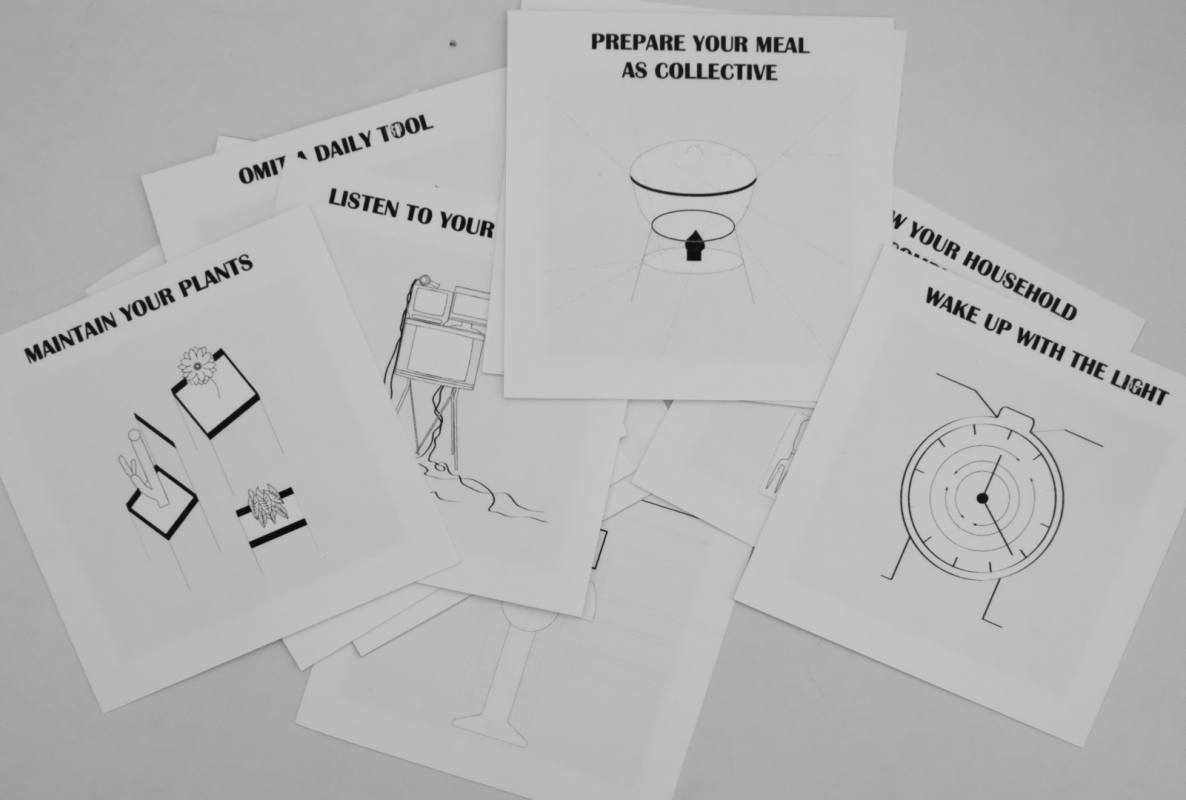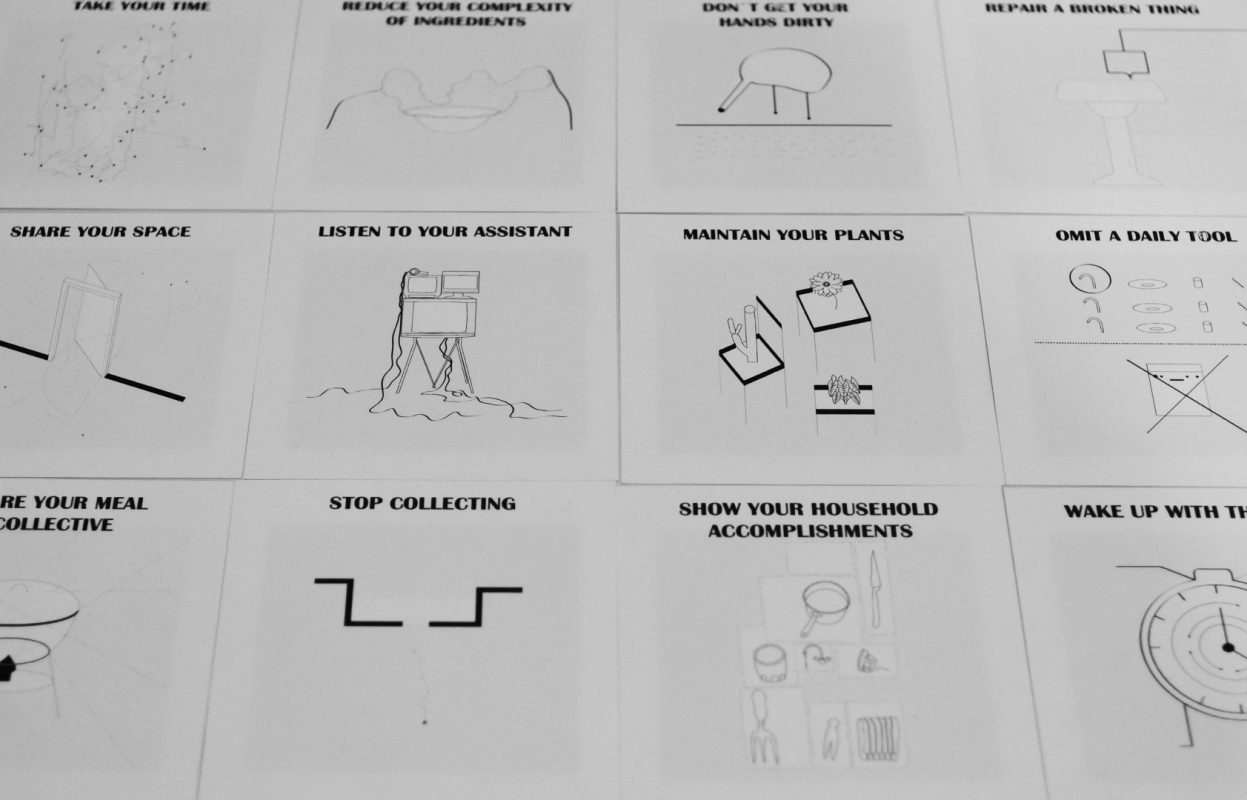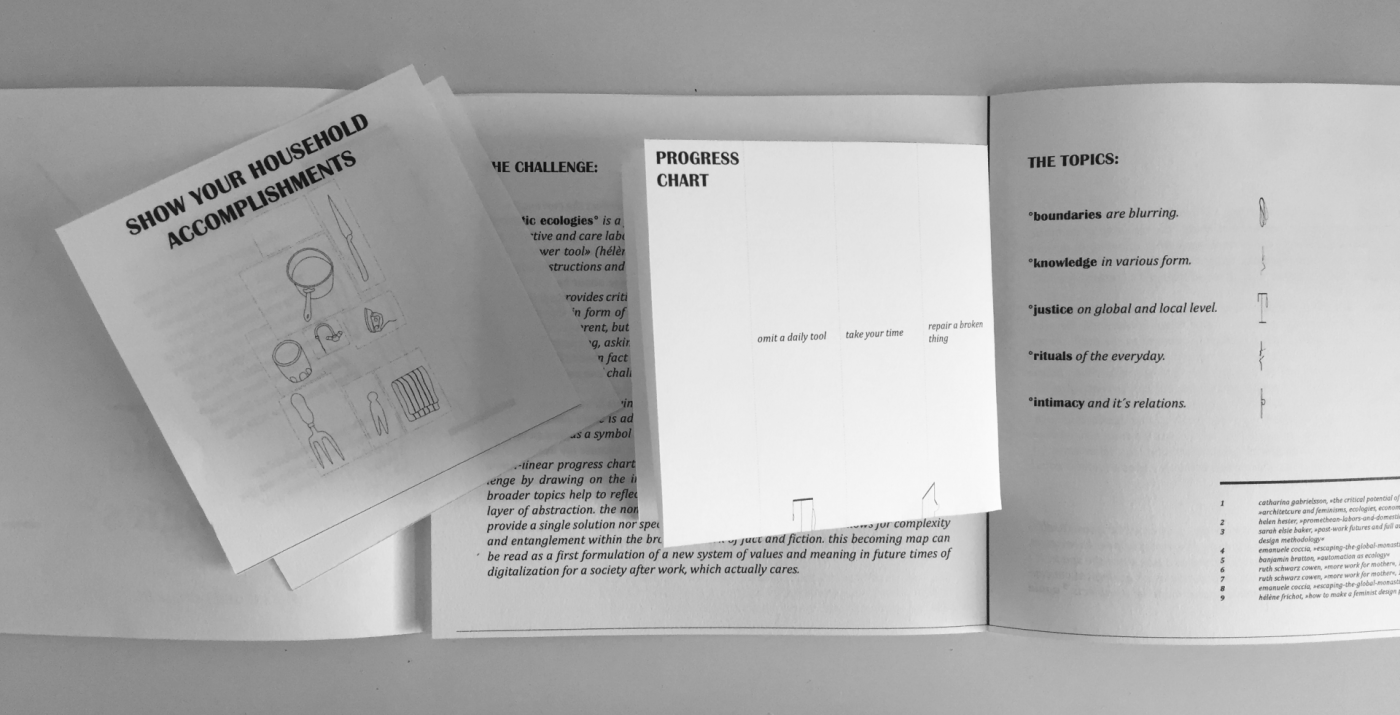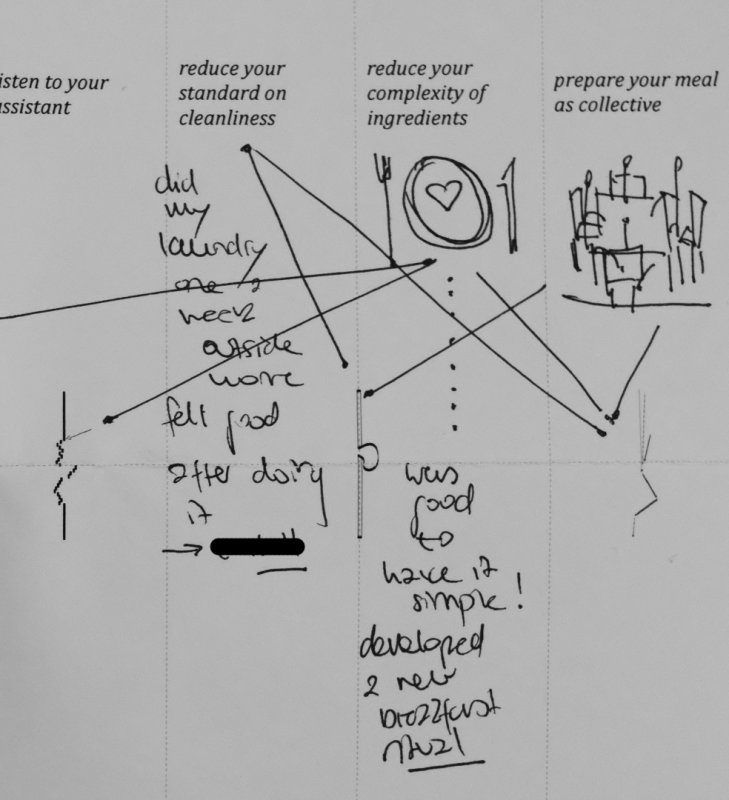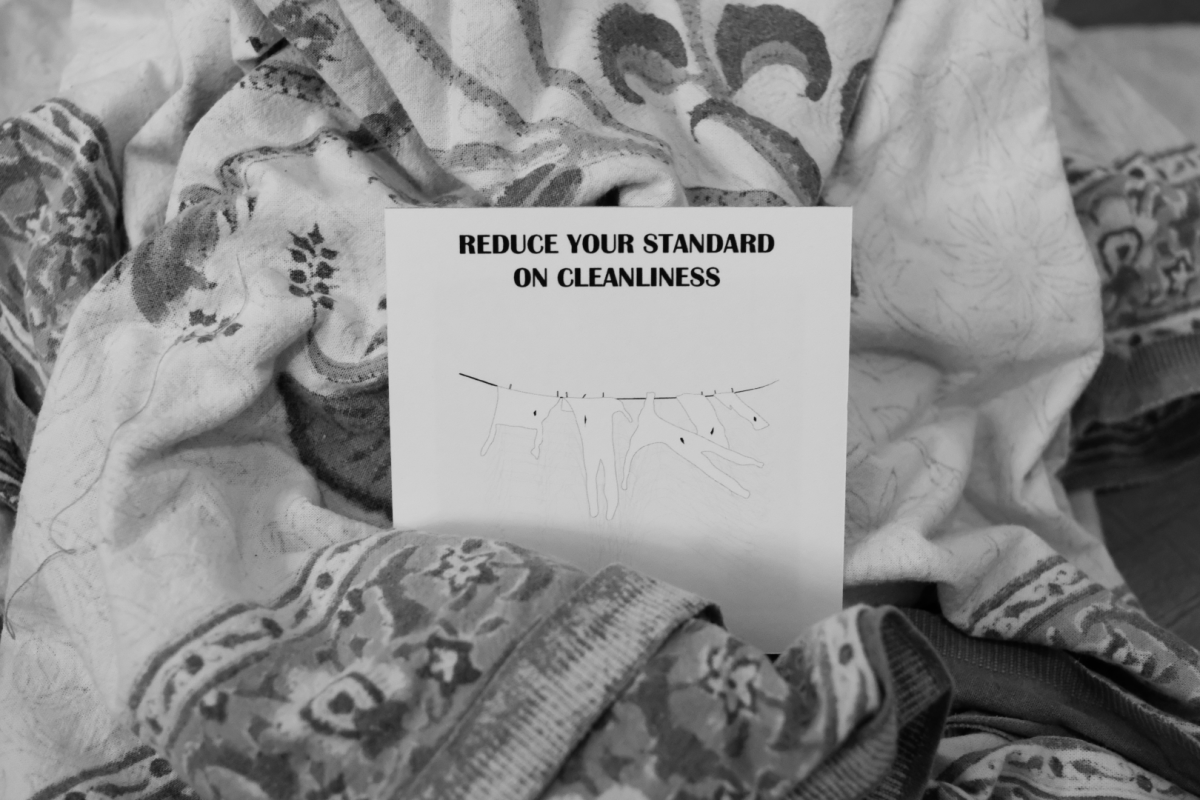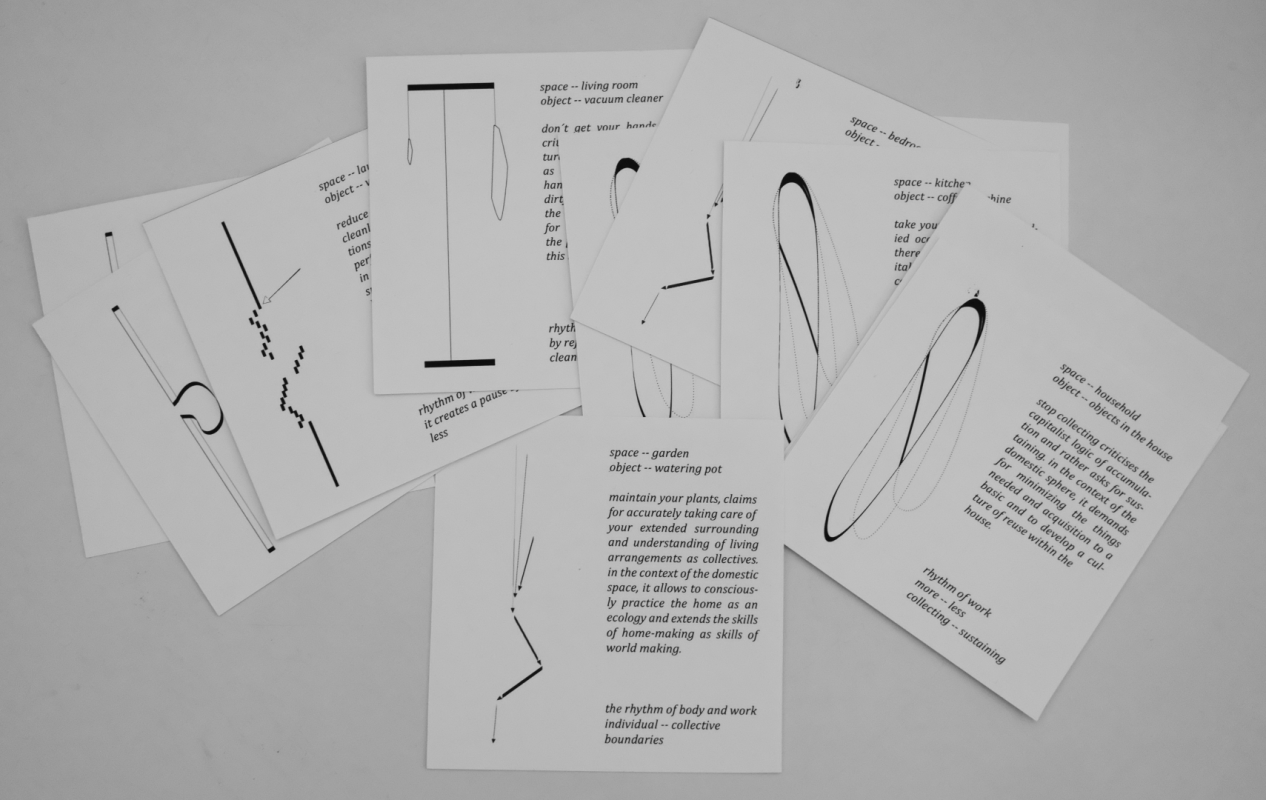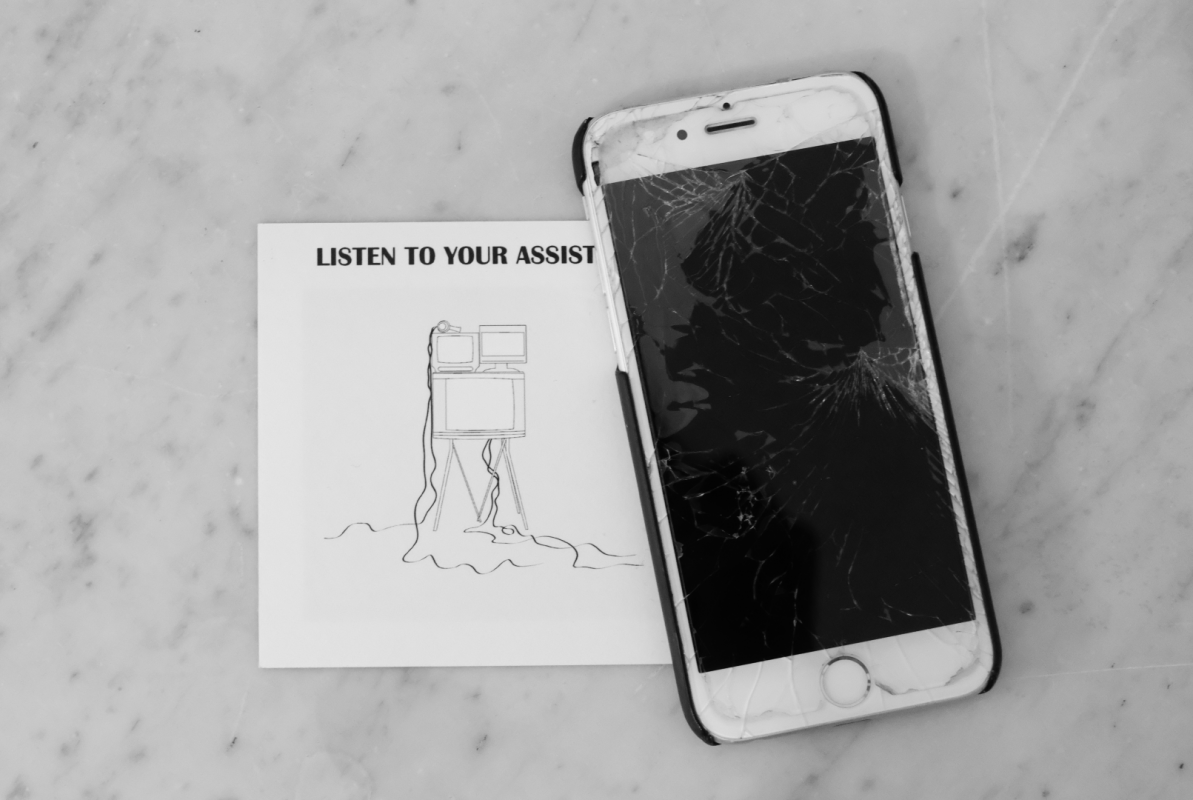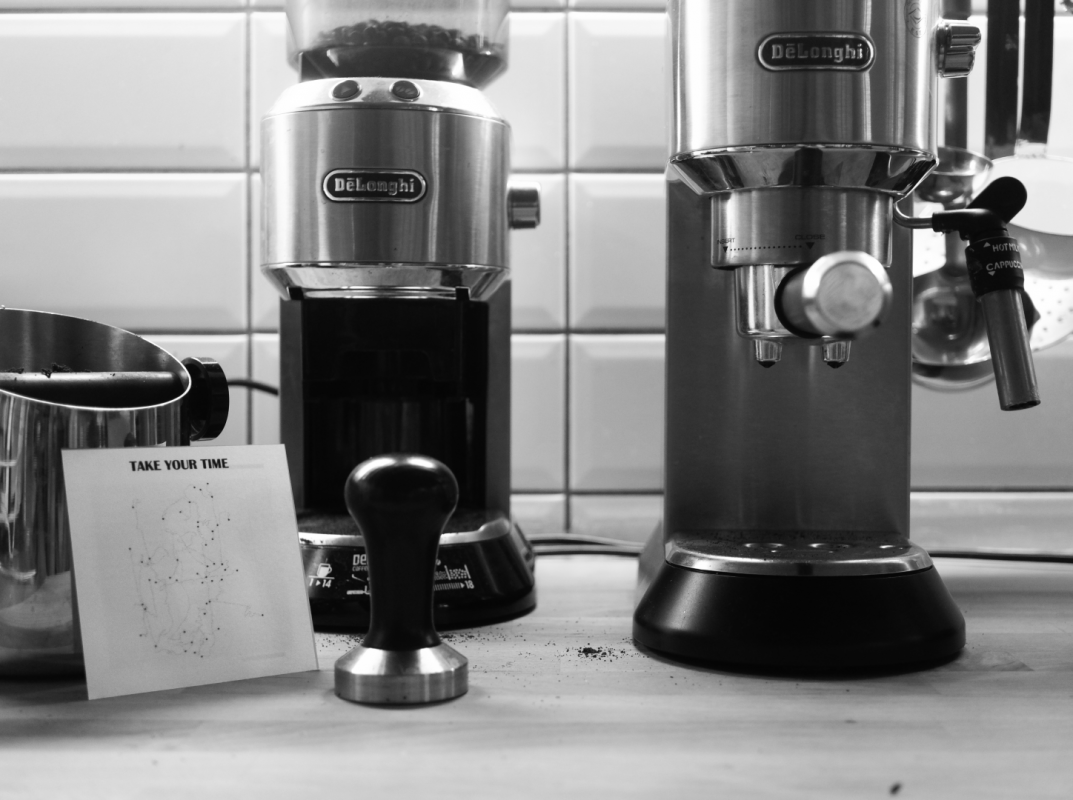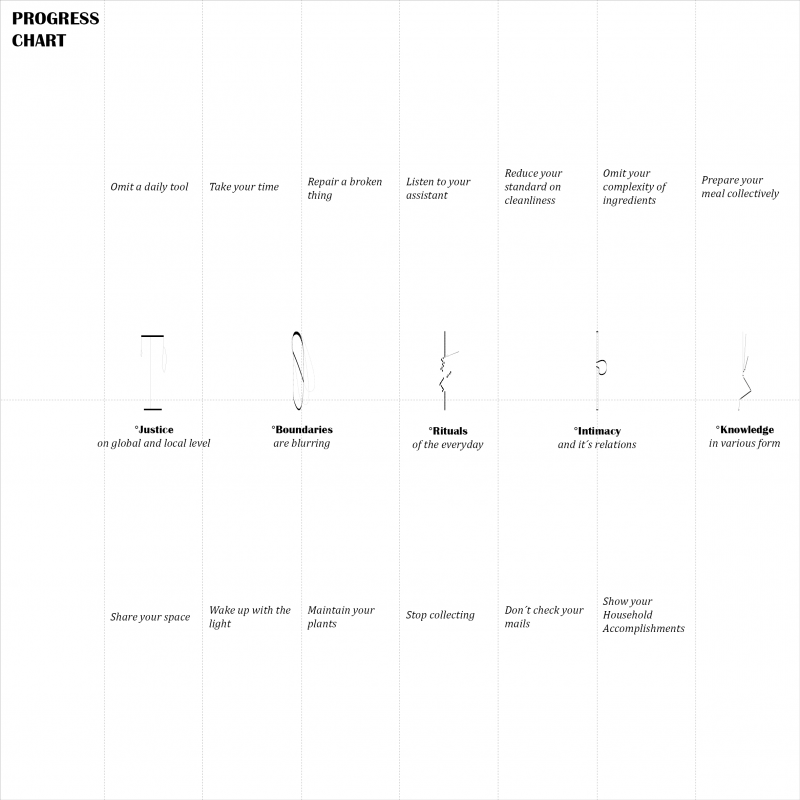Domestic Ecologies
Leonie Link
The home (Oikos) is traditionally associated with domestic, reproductive and care labour. For Hannah Arendt, the ‘Oikos’ was part of the private sphere and was structurally different from the public sphere. Reproductive labour in the private sphere(often framed as feminine) is absent and remains invisible. Although there is significant discussion about the changing nature of work outside the domestic sphere, very little of this discussion addresses the domestic sphere. As argued by Helen Hester recently, a serious consideration of the changing nature of work within the domestic sphere offers a possibility for broader gender equality that is an integral part of a post-work society. As Emanuele Coccia points out, the objects make a home( domestic sphere); the house itself is just the container. These objects are machines that are a part of the extended ecology of automation and generate relationships between the domestic work patterns and the inhabitants contributing to the automation of everyday life behaviors. Their organization is driven by common sense fictions that reflects the current value systems of society. Rethinking and reframing domestic objects means changing the stories woven around them that have also become the stories of those who perform domestic work.
THE CHALLENGE:
Domestic ecologies° is a fifteen-day challenge to short circuit established commonsensical ideas around domestic space, reproductive and care work.
The challenge addresses fifteen different activities and rhythms revolving around how domestic objects relate to domestic space, reprinted via a series of abstract sketches. This set of instructions are neither complete nor coherent but allows for diverse associations and interpretations beyond
their actual meaning and can be performed in multiple ways. A non-linear progress chart enables mapping one’s learning process during the challenge by making notes or sketches about their reactions to the instructions. The users can later read this chart as a “becoming-map,” where they confront the contradictions that arise as they seek to rebuild a new set of relationships between themselves and household objects.
THE KIT:
It is a 15-day challenge in the form of a Stick it kit.
HOW TO:
1. Pick a random sticker once a day until all are gone.
2. Stick each sticker on a suitable object in your home.
3. Leave each sticker for the full fifteen days.
4. Perform the task on the sticker based on your interpretation of the drawing and text.
5. Perform the task not once, but throughout the remaining time of the challenge.
6. Map your process/progress on the chart.
7. Share it with your neighbors.


